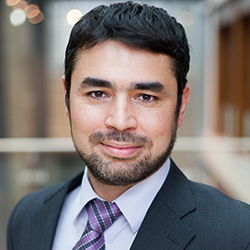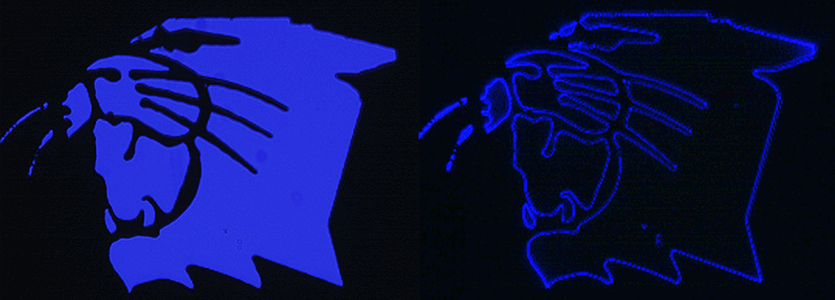New Image Processing Filter Bypasses Traditional Limitations
The filter does not require special illumination and could be applied in uses such as virtual reality
- Professor Koray Aydin developed a metasurface spatial filter to improve image processing used in augmented and virtual reality systems, autonomous vehicles, and biometric identification systems.
- Along with PhD candidate Ibrahim Tanriover, Aydin created a tool that doesn’t require special illumination conditions to operate and can operate under daylight.
- This breakthrough could allow for better image processing and even wider applications.
Tools such as augmented and virtual reality systems, autonomous vehicles, and biometric identification systems are making an impact on daily life, with that influence likely to grow in the future. One key to these technologies being usable is efficient image processing, and researchers continue to search for the best ways to make that happen in real time.
Recent work from Northwestern Engineering’s Koray Aydin could represent a step forward.
Aydin designed and demonstrated a metasurface spatial filter that does not require special illumination conditions to operate and can operate under daylight. That ability to overcome several limitations on polarization dependence, narrow operation bandwidth, and spatial coherence makes this device suitable for practical applications.

One of the significant advancements in this work is the metasurface’s capability to perform edge detection over a much broader wavelength range extending to near-infrared (near-IR) wavelengths, which is particularly noteworthy as it expands the potential applications of the team’s technology beyond the visible spectrum.
“Experimental results confirm that this approach enables polarization-independent and broadband edge detection, achieving high transmission efficiency under both coherent and incoherent illumination across the visible spectrum,” Aydin said. “Further simulations and measurements in the near-infrared range validate the metasurface's ability to perform edge detection, indicating its potential for broad-spectrum applications.”
The researchers’ device could have applications in telecommunications, remote sensing, and biomedical imaging, among others.
“Our approach addresses multiple challenges simultaneously, thereby paving the way for the practical use of metasurfaces in real-world image processing and all-optical computation tasks,” Aydin said.
Aydin and collaborator Ibrahim Tanriover reported their findings in the paper “Metasurface-enabled Broadband All-Optical Edge Detection in Visible Frequencies,” published October 14 in the journal Nature Communications. Aydin is an associate professor of electrical and computer engineering at the McCormick School of Engineering, and Tanriover is a PhD candidate and member of Aydin’s lab.
The research, Aydin said, moves the field forward by demonstrating a practical, efficient, and versatile approach to all-optical edge detection. The metasurface designed by the researchers can perform edge detection not only in two-dimensional settings but also across a broad spectrum of light, from visible to near-infrared wavelengths.

“This represents a significant step toward the realization of compact, low-power, and ultrafast all-optical data and image processing systems,” Aydin said.
The next step for Aydin and Tanriover will be creating a library of optical image processors and compact, low-power, and ultrafast all-optical data processing systems by integrating these devices with other meta-optics, such as metalenses.Previous investigations into metasurfaces and all-optical computation that demonstrated the potential of metasurfaces for optical edge detection were limited by several factors such as dependency on specific angles of incident light, sensitivity to polarization, the necessity of additional optical filters, narrow operational bandwidth, limited applicability to one-dimensional processing, reliance on coherent light sources, and the need for subsequent digital post-processing. This research addresses these limitations and demonstrates a more practical and versatile approach.
This research was supported by the Air Force Office of Scientific Research.